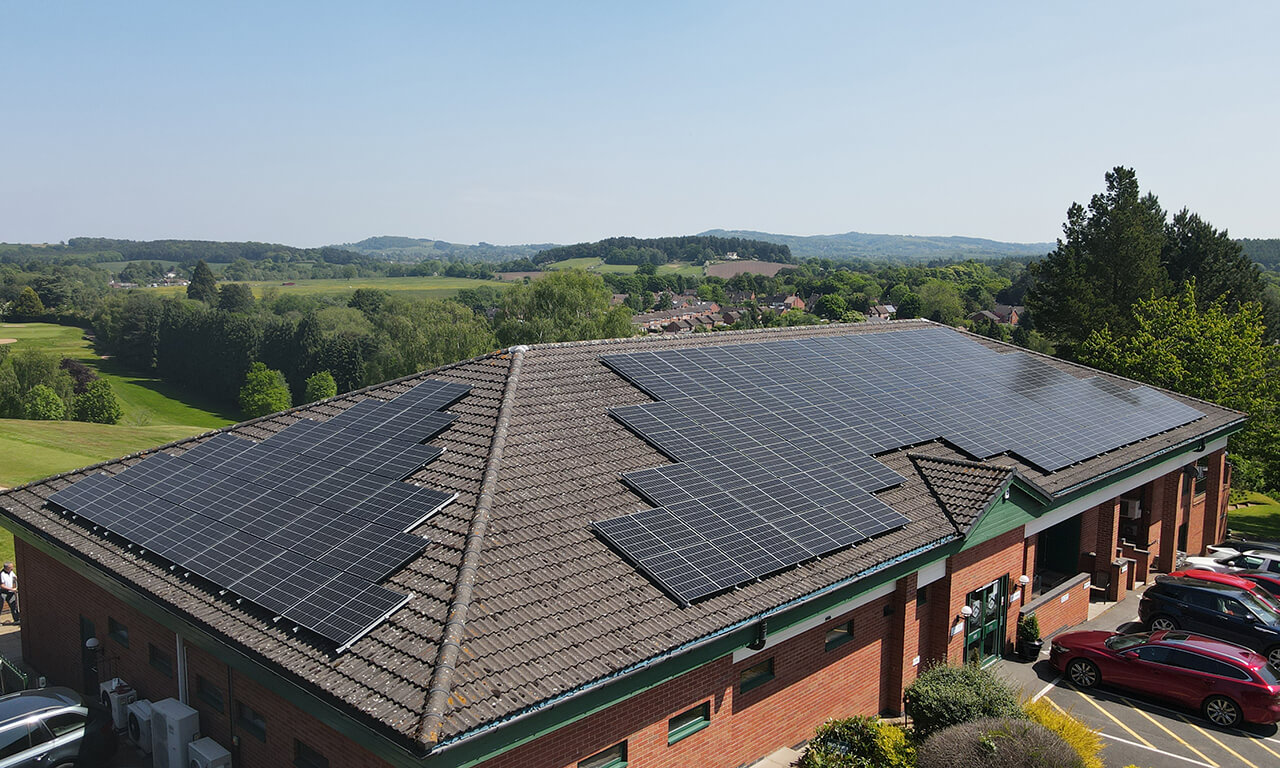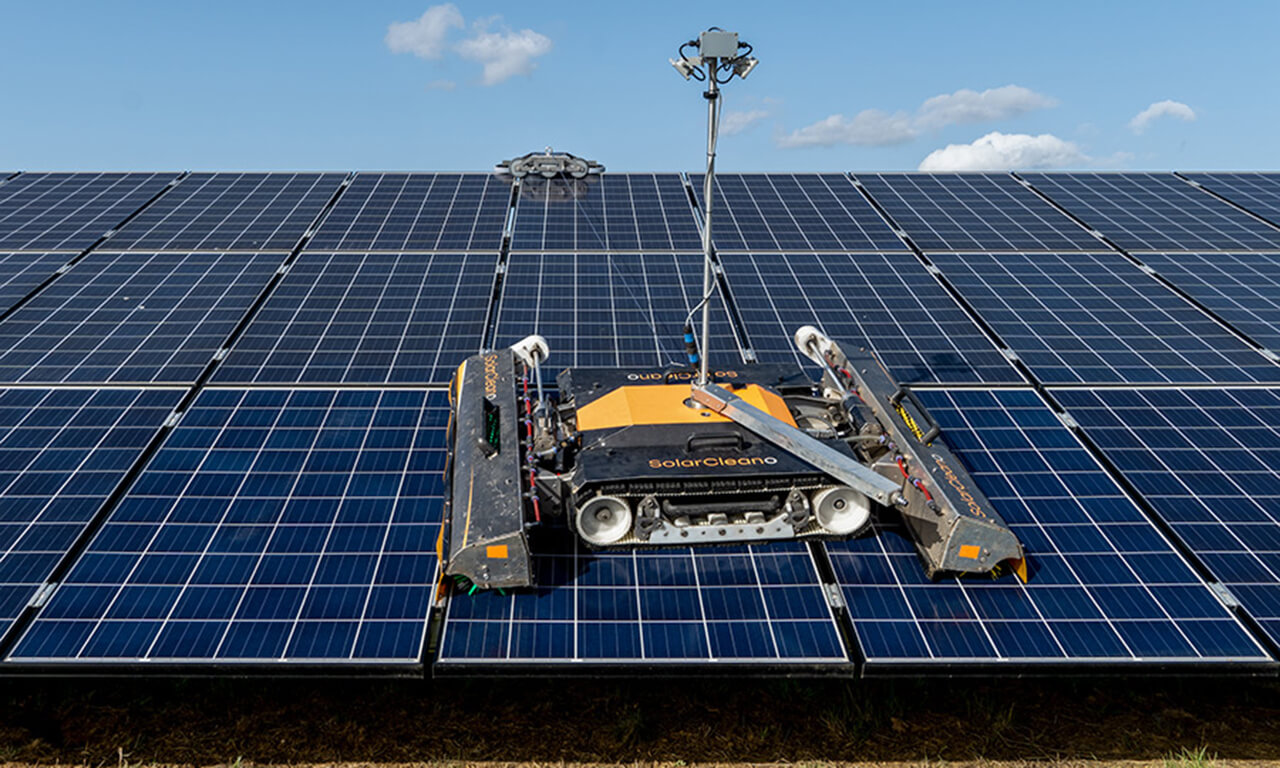ENQUIRIES 0333 006 7745
9am - 5.30pm Monday - Friday
Analysis & action (not just data)
We take generation rates (down to half-hourly level) and on-site consumption profiles, and we mix them with historic irradiation data and multiple weather models. Then we add in performance numbers from our 18,000 installations and stir vigorously.
In reality, of course, we set some complex algorithms to work. And the result of all the number-crunching is a highly accurate picture of forecast performance compared with actual yield.
Most importantly, our reporting tools highlight any gaps between the two. A red flag is raised on any system that under-performs for 48 hours (or that reports a fault on any component) and we either fix the issue remotely or send our maintenance team into action.


Dedicated monitoring platform
Over the years we’ve developed our own custom-built platform for monitoring rooftop solar systems.
We call it EAMS (it stands for Ecovision Asset Management System). It’s a cloud-based portal for live monitoring, performance analysis, and fault alarms and diagnosis.
Clients with a full O&M package benefit from EAMS and have access to the EAMS Portal, for up-to-date performance data on their portfolios.

